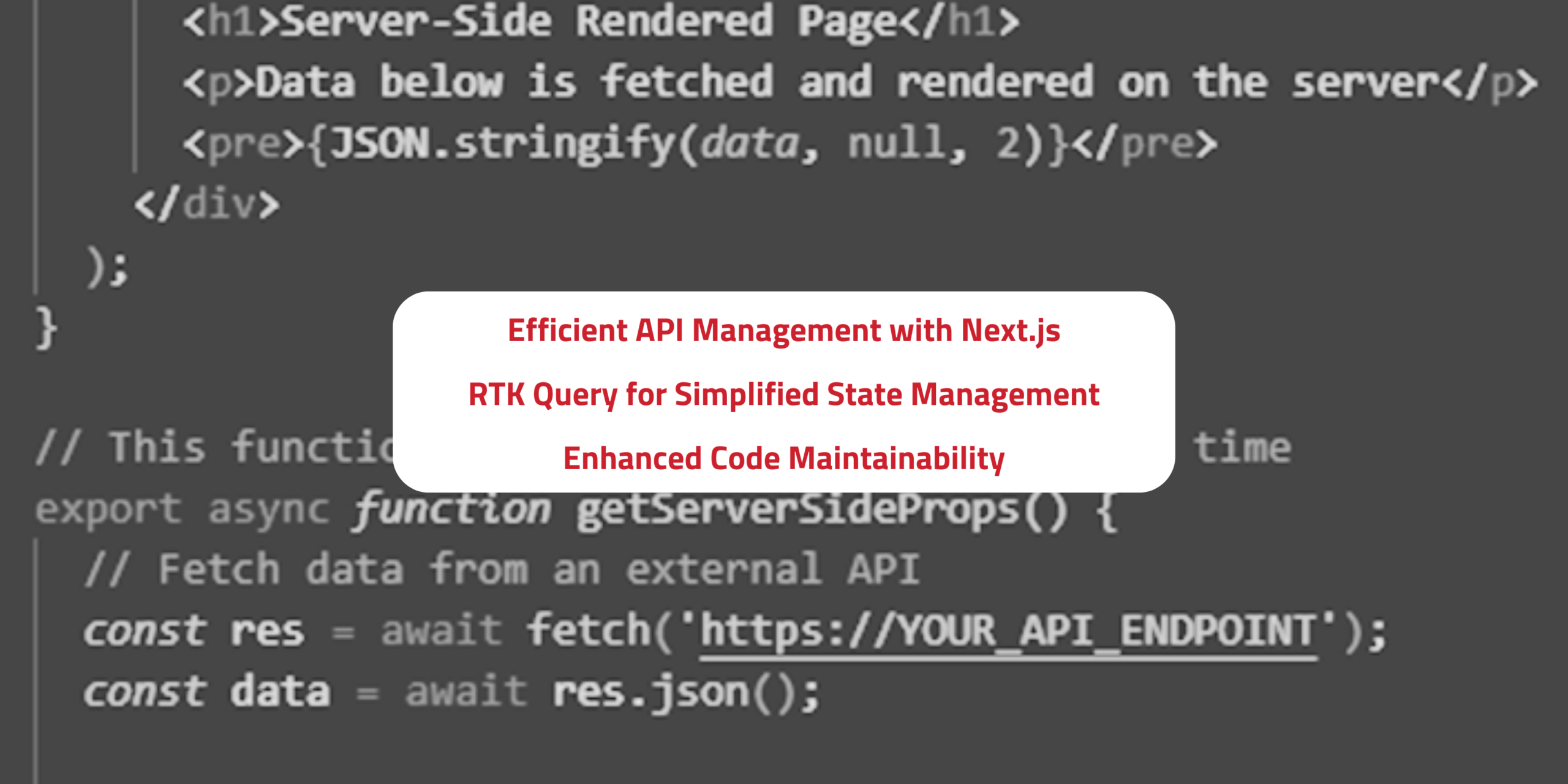
Organisation tips
Where are Your Productivity Black Holes?

Priya Sandeep
Marketing Executive
April 16th, 2018
Here's a chance to identify your top three productivity issues.
When it comes to cloud adoption, it’s no secret that Australia is one of the world’s leaders. According to Gartner, the local cloud market is expected to reach $6.5 billion this year, up 15 percent from the previous year.
This is great news for organisations that seek to:
- Operate more efficiently
- Refocus staff on core activities
- Take advantage of flexible, cloud-based IT infrastructure to stay ahead of the competition.
But at the same time, SMEs and enterprises alike are struggling with considerable productivity issues. Whether trying to make sense of overwhelming data volumes, feeling burdened by skyrocketing legacy IT maintenance costs, or struggling to connect people, processes and information, no organization is immune from productivity pitfalls. Even those who have adopted cloud technologies in some capacity may be vulnerable.
In this blog post, we’ll take a closer look at three of the most common productivity black holes and their impact on business success. How many do you recognise from your own organisation?
- Making sense of the data deluge
Fact: accessing, managing and interrogating massive data volumes can challenge even the most technologically savvy organisations. And that’s even truer when unstructured content and data is isolated in disparate systems and formats, as is often the case in businesses today. Without systems to integrate, extract and analyze data, valuable corporate insights are locked up and unable to be used to their full potential.
Fast access to reliable data insights is critical for improving productivity. They help businesses to:
- Automate processes
- Better control costs
- Gain visibility over business inefficiencies
What many organisations do not realize is that the cloud can provide advanced data analytics tools that make understanding information simple. Those that do are better placed to take advantage of one of their most valuable content assets: data.
- Maintaining on-premise infrastructure
Raise your hand if, despite adopting cloud technologies, your organisation still invests heavily in on-premise IT infrastructure. Chances are you’re not alone. While the cost of maintaining and upgrading legacy systems is significant (even accounting for up to 90 percent of government IT costs), reducing this spend can be a real challenge.
But maintaining legacy IT isn’t just expensive. It’s also a productivity zapper. Since on-premise systems don’t integrate as easily as cloud-based solutions, staff have to organise data manually. Tasks that should be automated, such as report generation, end up taking hours to compile and collate from data sources across the business. Team members lose valuable time rekeying data from different systems, while decision-makers have no guarantee that the data they rely on is accurate.
- Untangling shadow IT complications
According to Tech Target, shadow IT is defined as follows: “…hardware or software within an enterprise that is not supported by the organization’s central IT department. Although the label itself is neutral, the term often carries a negative connotation because it implies that the IT department has not approved the technology or doesn’t even know that employees are using it.”
Examples of shadow IT might include:
- Using Slack for corporate communications instead of the IT department-sanctioned Yammer
- Relying on a public cloud storage service like Dropbox to access work files from home
- Purchasing and implementing a new business intelligence product without the explicit approval of the IT department.
While individual employees may believe that shadow IT makes them more productive, it can actually have a detrimental effect on broader workplace productivity. The risk of downtime as the result of accidentally downloading malware is one consequence.
Wasting time procuring solutions that don’t need organisational needs is another. And failing to guarantee the accuracy, quality or valid interpretation of data – as would be the case with the stealth business intelligence solution outlined above – can lead to rework and making decisions based on unreliable data.
So what’s the solution?
It’s easy to identify productivity black holes. Combatting them is another story. For many organisations, productivity losses related to data overload, legacy IT and shadow IT can be resolved by expanding or refining their use of cloud technologies. To find out more about what this involves, contact Antares today or download our white paper: Overcoming the productivity challenges of the modern workplace.


